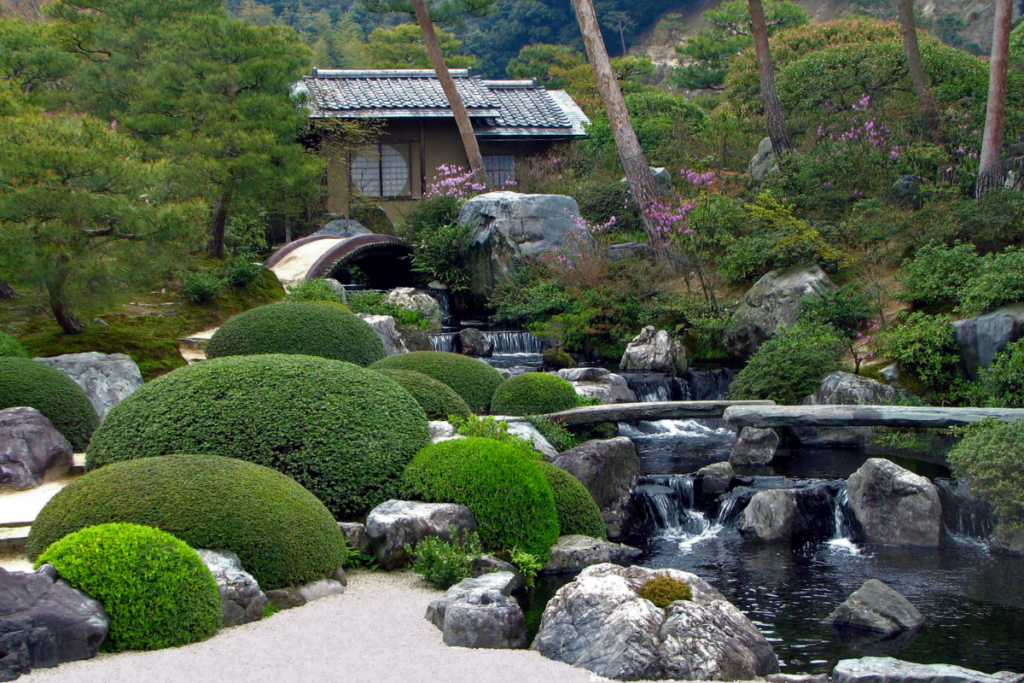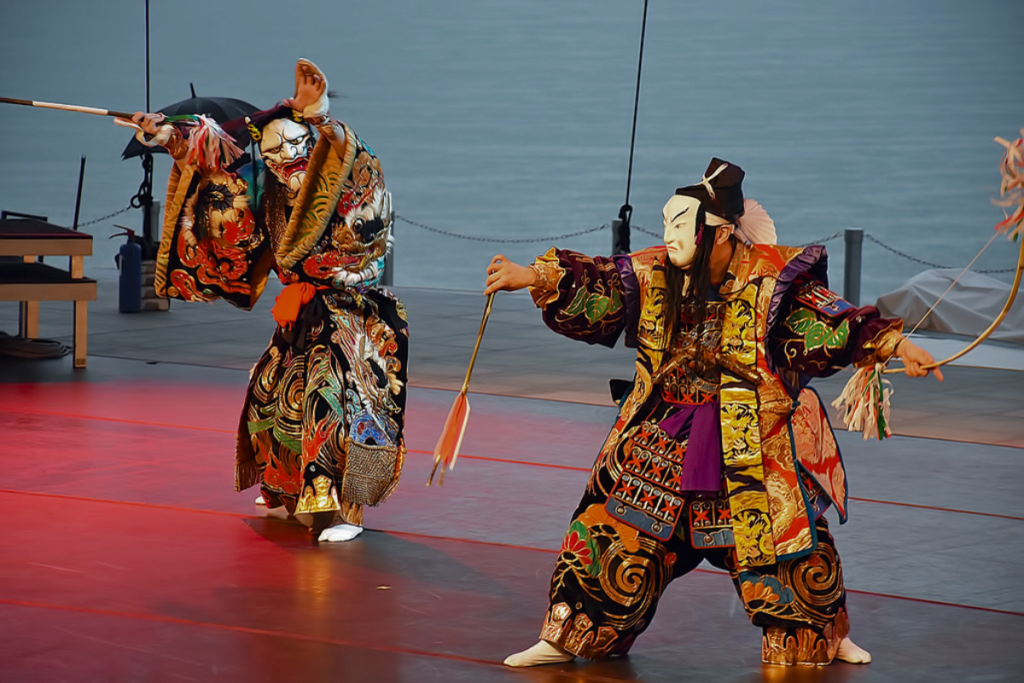Sensational Shimane: Discover Japan’s Hidden Cultural Gem
Tucked away on the western edge of Honshu, Shimane Prefecture is one of Japan’s most underrated treasures. Overflowing with natural beauty, rich mythology, traditional arts and warm hospitality. Shimane offers a captivating blend of cultural depth and serenity. Whether you’re a history buff, art lover, foodie or spiritual traveler, this region invites you to slow down and explore Japan beyond the guidebook.
Admire “Living Paintings” at the Adachi Museum of Art

In Yasugi City, the Adachi Museum of Art blends traditional Japanese art with stunning garden design. Founded in 1970 by Zenko Adachi, a textile merchant and art enthusiast, the museum showcases an impressive collection of modern Japanese paintings, including serene landscapes and seasonal scenes by masters such as Yokoyama Taikan.
Complementing the artwork are six gardens spanning 165,000 square meters. Adachi viewed these gardens as “living Japanese paintings” that shift with the seasons, from fiery autumn leaves to tranquil snow scenes. Ranked as Japan’s best gardens for 17 years by Sukiya Living Magazine, the museum offers a deeply harmonious experience where nature and art seamlessly intertwine.
Stroll Through Time in Omori Town

Step into a living museum in Omori, a beautifully preserved town within the UNESCO-listed Iwami Ginzan Silver Mine area. Once an Edo-period administrative hub, Omori retains its 17th-century charm with traditional wooden homes, narrow streets and distinctive sekishu-gawara red-tiled roofs.
Now a Historic Preservation District, the town invites visitors to stroll through artisan shops and historic sites. Such as, the Kawashima residence and the 450-year-old Kigami Shrine. You can also stop by charming cafes and galleries tucked inside restored merchant houses. Omori offers a rare, authentic glimpse into Japan’s silver-mining past and a peaceful escape into living history.
Feel the Rhythm of Iwami Kagura

In Shimane’s Iwami region, ancient myths come to life through Iwami Kagura, a dynamic form of Shinto-inspired performance art. Older than both Kabuki and Noh, this performance began as a ritual dance by priests to honor the gods and celebrate harvests.
Today, more than 130 local troupes perform vibrant stories of gods and demons. Using elaborate costumes, dramatic masks and the powerful rhythms of taiko drums and bamboo flutes. Shows are held most Saturdays and are a highlight of local festivals and seasonal events. Whether you’re a first-time visitor or a returning fan, Kagura offers a thrilling, emotional window into Japan’s living folklore.
Explore the Depths of Iwami Ginzan Silver Mine

This mine in Oda played a major role in Japan’s rise as a global silver producer. They operated from 1526 to 1923. At its peak, the Iwami Ginzan Silver Mine supplied nearly one-third of the world’s silver. Helping establish trade links between Japan and Europe.
Recognized as a UNESCO World Heritage Site in 2007, the area includes preserved mining tunnels, ancient transport routes, lush forests and historic towns such as Omori. Visitors can walk through the old mine shafts. Exploring exhibits on traditional techniques and learn how people once lived and worked in harmony with the natural environment. It’s a fascinating glimpse into Japan’s industrial heritage and early sustainability practices.
Visit Japan’s Most Sacred Shrine: Izumo Taisha

Nestled in Izumo City is one of Japan’s oldest and most sacred Shinto shrines. Izumo Taisha Grand Shrine is believed to predate written history. It’s closely linked to Okuninushi, the god of love and good relationships, drawing thousands of visitors each year who pray for harmony, marriage and happiness.
According to legend, every October on the lunar calendar, all the gods of Japan gather here to decide the fate of the coming year. Behind the main hall, charming rabbit statues honor the myth of Okuninushi and the white hare. Designated a National Treasure in 1952, Izumo Taisha offers a deeply spiritual atmosphere and a connection to Japan’s mythological roots.
Savor the Flavors of Izumo Soba

No trip to Shimane is complete without tasting Izumo soba, a buckwheat noodle dish with a deep, earthy flavor and darker hue. Made using the entire buckwheat seed, Izumo soba stands apart from its counterparts in Nagano and Morioka. The result is a nuttier, richer noodle that captures the essence of regional cooking.
Specialty soba restaurants near Izumo Taisha serve the dish in a unique three-tiered box known as warigo. Topped with green onions, grated daikon and bonito flakes, this comforting dish reflects the prefecture’s balance of tradition and simplicity.
Sip Sake from Shimane

At Izumo Taisha, sake was once a topic of divine discussion. That tradition continues in Shimane, which is regarded as the birthplace of sake in Japan. With more than 30 breweries across the prefecture, sake lovers can sample a range of regional brews that reflect the area’s clean water, climate and craftsmanship.
Many breweries offer tours and tastings, allowing you to deepen your appreciation of this iconic rice wine. Pairing a glass of locally brewed sake with a serving of Izumo soba creates a meal rooted in mythology and regional pride.
Plan Your Shimane Adventure
From ancient shrines and artistic gardens to centuries-old towns and flavorful cuisine, Shimane Prefecture invites travelers to explore a side of Japan that is deeply cultural yet refreshingly uncrowded. Whether you’re wandering the quiet lanes of Omori, watching Kagura dancers bring legends to life or simply enjoying soba under the shrine’s torii gates, you’ll find moments of wonder and meaning in every stop.

